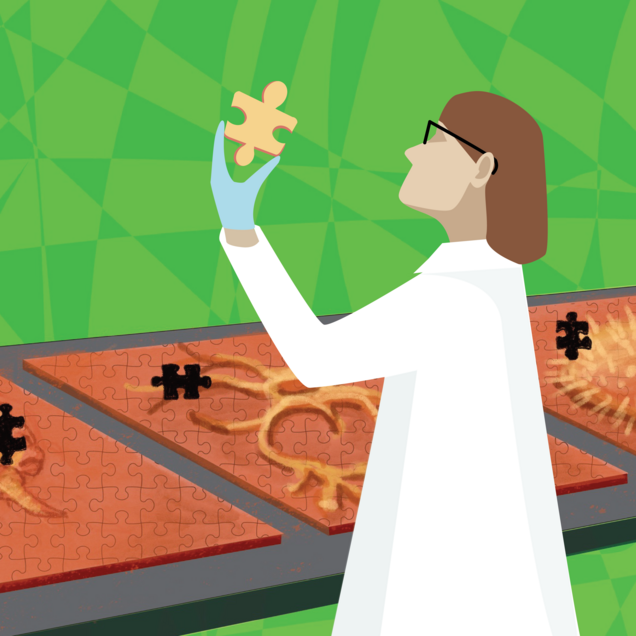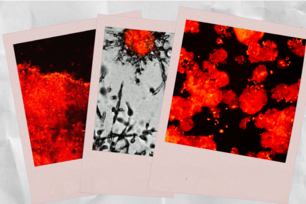Biology in its natural habitat: studying cellular processes in context

Imagine that you are trying to learn everything you can about an unknown animal species, but all you have to work with is a single bone. You can learn a lot about the bone itself, and you can probably guess some things about the animal: a tiny leg bone suggests a small animal, or a sharp tooth suggests a meat eater. Now imagine that instead you’re offered a complete skeleton; you probably have a much clearer image of what the animal is, and can predict a lot more about where it lives, how it moves, and what it eats. Finally, imagine you can observe the living animal in its natural environment; even more of its traits and behaviors become apparent. The more context you have, the richer your understanding of your subject will be.
The same principle applies to biomedical research. A researcher can learn a lot from studying, for example, a single gene or cell type in isolation, but much of biology becomes more clear when looking at the components within the context of their typical surroundings and interactions. In the body, cells communicate with other cells and receive and react to environmental signals. Gene expression is modified by complex regulatory networks, and may also change based on environmental factors.
This is why Whitehead Institute researchers often tackle the challenge of studying a biological process within its larger context. Sometimes this is a matter of reframing a research question. Sometimes it requires developing entirely new approaches in order to replicate or preserve important aspects of local environments within the body. These efforts provide new insights into individual biological components, the interplay between them, and the ways in which only a deeply interconnected ecosystem of cells and signals can give rise to a complex living organism.



